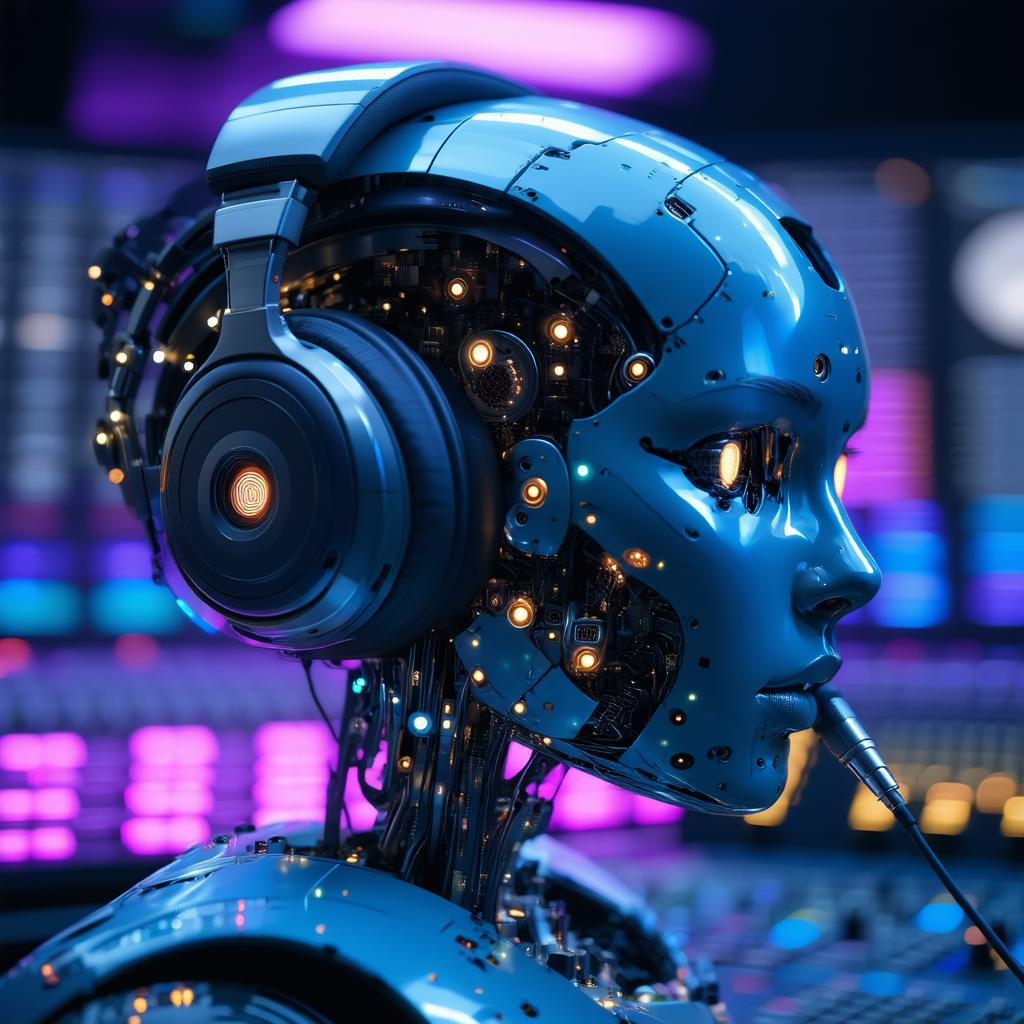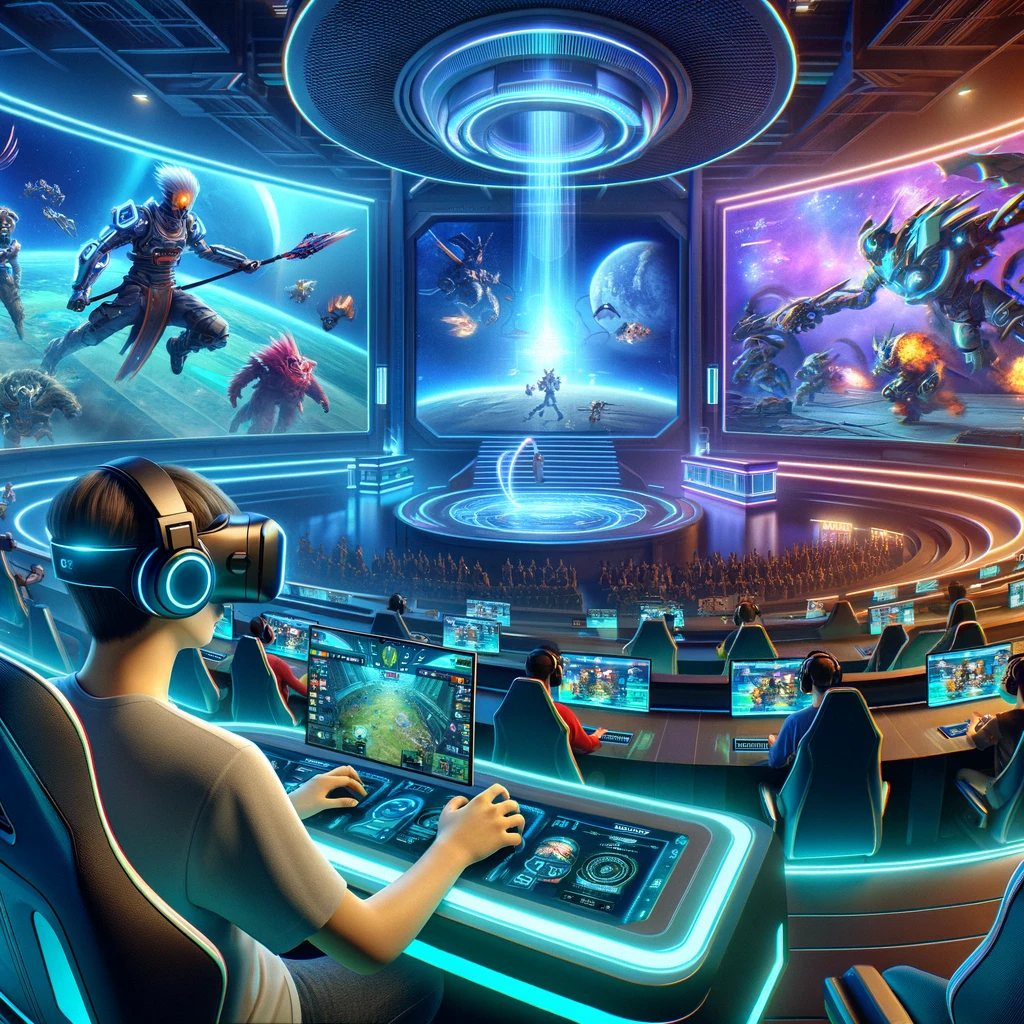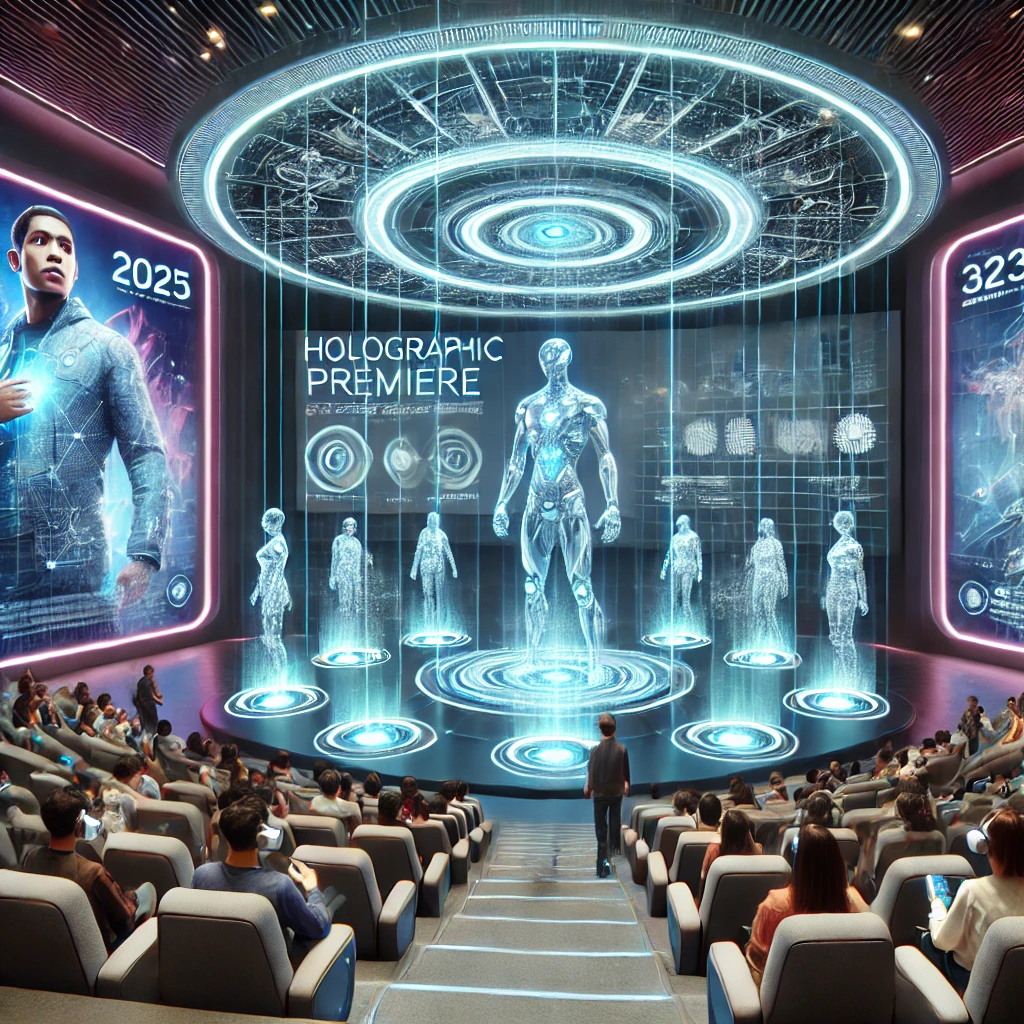Immersive Live Shows with Mixed Reality: The Future of Entertainment in 2025
Imagine stepping into a live performance where the boundaries between reality and imagination dissolve. Holographic figures dance with real performers, stages morph into dynamic landscapes, and audiences actively participate through augmented reality (AR). This is not a glimpse into the distant future—it’s the present reality of entertainment in 2025, where mixed reality (MR) technology has revolutionized live performances.
From concerts and theater to exhibitions and storytelling, mixed reality is transforming the way we experience entertainment, blending the physical with the virtual to create unparalleled immersive experiences. Let’s explore how MR is reshaping the entertainment landscape, the technologies driving this innovation, and its potential to redefine audience engagement.
The Evolution of Live Entertainment
Traditional Meets Technology
Live performances have long been a staple of cultural and artistic expression. Over time, advancements in technology—from simple lighting effects to complex projection mapping—have enhanced these experiences. The advent of AR, virtual reality (VR), and now mixed reality takes this evolution to unprecedented levels. Unlike VR, which immerses users in fully digital environments, MR combines virtual elements with the real world, creating an interactive and multi-sensory experience.
Milestones Leading to MR Entertainment
- Holograms at Concerts: Tupac Shakur’s holographic performance at Coachella in 2012 set the stage for MR in live entertainment.
- Interactive Theater: Productions like The Lion King leveraged AR to create dynamic backdrops, a precursor to the deeper integration of MR.
- Gaming Crossovers: Platforms like Microsoft’s HoloLens bridged gaming and live events, paving the way for today’s immersive experiences.
Mixed Reality in Action
Holographic Magic on Stage
Imagine attending a concert where the lead singer performs alongside holographic avatars of music legends. MR enables performers to share the stage with hyper-realistic projections, offering a blend of nostalgia and innovation. Notable examples include ABBA’s “ABBAtar” performances and EDM shows where holographic light sculptures pulsate with the beat.
Dynamic Staging and Visual Effects
MR transforms static stages into interactive, ever-changing canvases. For instance, a theater production could feature a protagonist walking through an enchanted forest that grows and shifts in real-time, thanks to projection mapping and spatial computing. Concerts might incorporate holographic galaxies or erupting volcanoes, synchronized perfectly with the music.
Audience Participation
MR makes the audience an integral part of the show. With AR-enabled devices, attendees can project visuals into the performance, vote on storylines, or even appear as avatars on stage. This two-way interaction fosters co-creation and personalization, making each event unique.
Technologies Powering the Revolution
1. AR Headsets and Wearables
Devices like Microsoft HoloLens and Magic Leap provide the foundation for immersive experiences, overlaying virtual elements onto the physical world with precision.
2. Projection Mapping
Advanced projection techniques turn ordinary surfaces into dynamic displays, allowing for large-scale visuals that interact seamlessly with the live performance.
3. AI and Machine Learning
Artificial intelligence enhances MR by adapting digital elements to audience reactions or performers’ movements. For example, holographic dancers can mirror the choreography of live performers in real-time.
4. Spatial Computing
By mapping the physical environment, MR ensures that virtual elements interact naturally with real-world objects. This creates experiences like virtual waterfalls cascading down actual staircases.
5. Cloud Computing and 5G
Low-latency networks enable real-time streaming of high-quality visuals, allowing remote audiences to experience the same level of immersion as those attending in person.
Pioneering Examples in 2025
Concerts Reimagined
Artists like Coldplay have embraced MR to create environmentally themed performances, with AR visuals depicting coral reefs and forests alongside live music. Similarly, EDM festivals now feature holographic effects that envelop the crowd, turning the entire venue into a living, breathing spectacle.
Theatrical Innovation
Productions like The Tempest 2.0 integrate MR to extend the stage into the audience, with digital storms swirling through the theater. Cirque du Soleil’s MR-enhanced shows allow viewers to explore fantastical worlds through AR apps, blending physical acrobatics with virtual storytelling.
Immersive Exhibitions
Museums and galleries have adopted MR to offer interactive experiences. Visitors can walk through recreated historical events or interact with holographic guides who bring ancient artifacts to life.
Why Audiences Love Mixed Reality Shows
Emotional Resonance
MR evokes awe and wonder by combining physical performances with digital artistry. The surreal quality of holograms and dynamic visuals heightens emotional impact, creating unforgettable memories.
Accessibility
Virtual components of MR shows can be streamed globally, allowing fans in remote locations to participate in immersive events. This democratizes access to cultural experiences.
Customization
MR performances can be tailored to individual preferences. With AR apps, audiences can influence the narrative or experience unique perspectives, fostering a deeper connection to the show.
Challenges and Opportunities
High Costs and Accessibility
The production costs of MR shows remain high, limiting widespread adoption. However, as technology advances and becomes more affordable, these barriers are expected to diminish.
Ethical Considerations
The use of holograms to represent deceased artists raises questions about consent and authenticity. Striking a balance between innovation and respect is crucial.
Audience Adaptation
The immersive nature of MR can be overwhelming for some. Producers must design experiences that are inclusive and cater to diverse preferences.
The Road Ahead: What’s Next for MR Entertainment?
Hybrid Events
Future events will blend physical and virtual attendance, creating global audiences that feel equally engaged, whether in the venue or watching remotely.
Fully Interactive Storylines
MR will enable audiences to collectively decide plot outcomes in real-time, turning performances into collaborative storytelling experiences.
Enhanced Wearables
Lightweight AR glasses and other wearable tech will make MR experiences more seamless and accessible, reducing the need for bulky equipment.
Conclusion: A New Era of Creativity and Connection
Mixed reality has transformed live entertainment, merging the tangible with the digital to create experiences that transcend traditional boundaries. These shows are not merely performances; they are journeys that transport audiences into fantastical realms, evoking deep emotions and fostering a sense of shared wonder.
As we move further into 2025, the integration of MR technology promises to push the limits of creativity and accessibility, offering a glimpse into the boundless possibilities of the future. Whether you’re attending a holographic concert, an MR-enhanced play, or an interactive exhibition, one thing is certain: the magic of mixed reality is here to stay.




